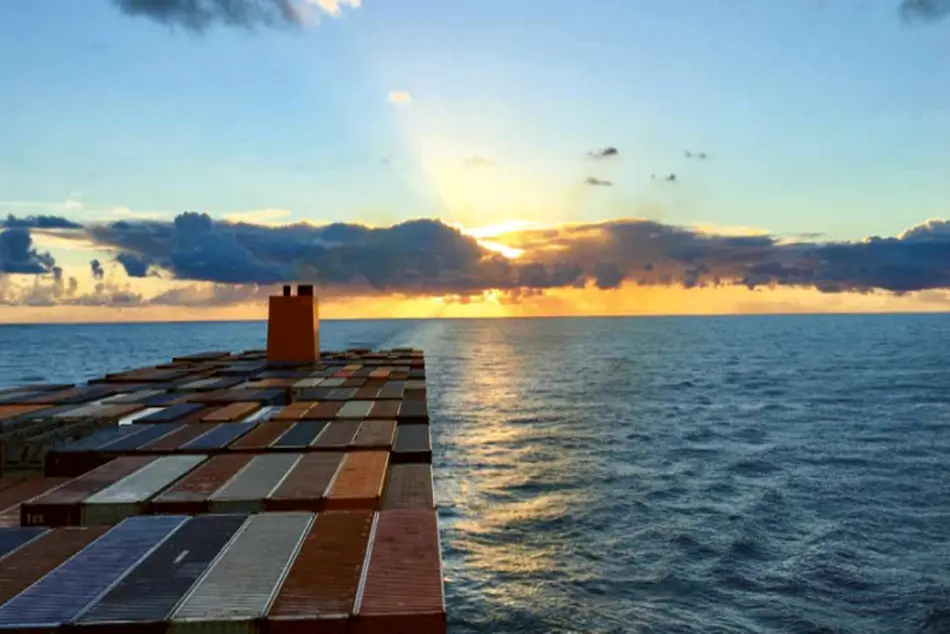Hapag-Lloyd plans to reduce its emissions 20% until 2020
Hapag-Lloyd published its Sustainability Report, saying that it is on track to reduce its CO2 emissions per TEU-kilometre by 20% by 2020, in comparison to the base year 2016. The company is achieving that by focusing on increasing energy efficiency, applying stricter requirements for newbuilds and reducing bunker consumption.

Hapag-Lloyd published its Sustainability Report, saying that it is on track to reduce its CO2 emissions per TEU-kilometre by 20% by 2020, in comparison to the base year 2016. The company is achieving that by focusing on increasing energy efficiency, applying stricter requirements for newbuilds and reducing bunker consumption.
Hapag-Lloyd noted that it has environmental certifications, including the global environmental and quality management standards ISO 9001 and ISO 14001. It also has certifications on energy efficiency and prevention of oil, sewage and air pollution.
"We regularly assess our compliance with the requirements of the standards and certifications as well as with applicable environmental laws and regulations"
The company also informed that it plans to reduce its emissions per TEU-kilometre by 20% until 2020, compared to 2016. Under this aspect, 'Fleet Management' aims to decrease bunker consumption by limiting resistance in the water. Until now, three ships' hulls have undergone cleaning during the reporting period.
In addition, specific biofouling plans for each vessel were established, so as to reduce fouling on the ships' hulls.
Moreover, Hapag-Lloyd has reduced the energy consumption of the various pump systems on board ships. This was done by installing a frequency-reducing regulator.
Furthermore, the report mentions that the company managed to reduce CO2 emissions by retrofitting eleven ships with mixed stows. This led to higher capacity through greater flexibility in using slots.
Another significant aspect in which Hapag-Lloyd has invested is 'cold ironing'. Aiming to enhance the efficiency of its fleet, it retrofits ships with 'cold ironing' ship-to-shore connections.
"This ensures that power is supplied from the on-shore electricity grid while the ship is docked at the port"
Hapag-Lloyd stated.
Finally, the company analyzed the pros and cons of using different compliance methods for the 2020 sulphur cap:
- Compliant bunkers can be used for the short-term, but they will increase the cost for buying low-sulphur bunkers to about $1 billion per year;
- Hapag-Lloyd also plans to convert one ship to LNG, as a test run in order to evaluate this option as well;
- Scrubbers will also be tested and evaluated on ten ships as of 2019.



